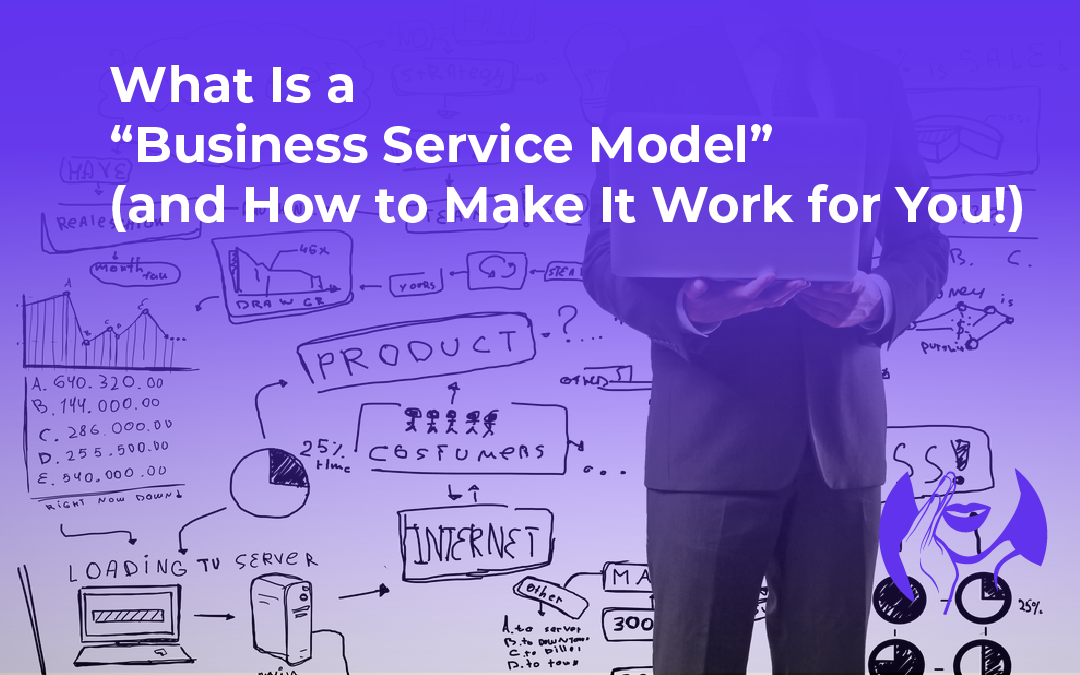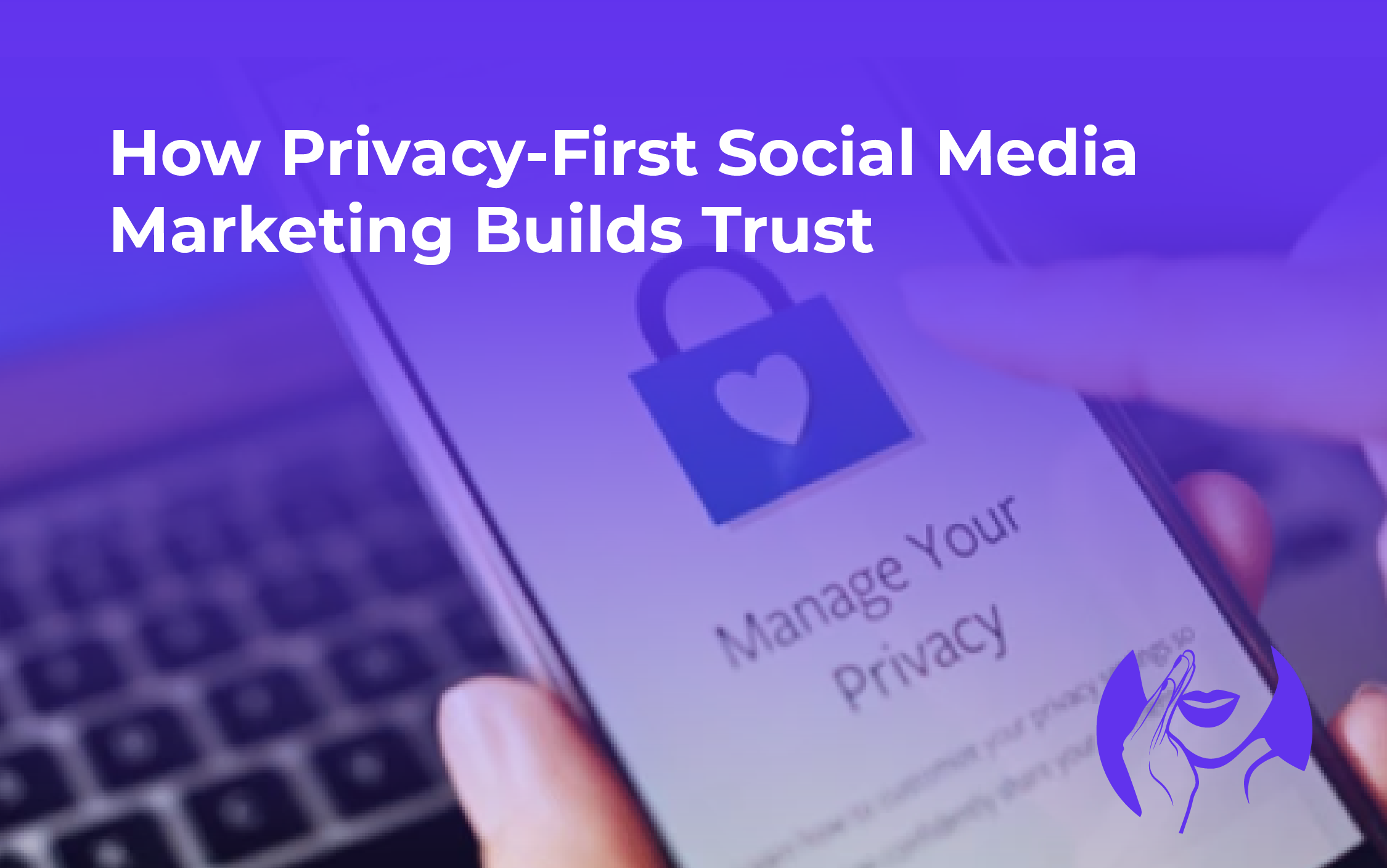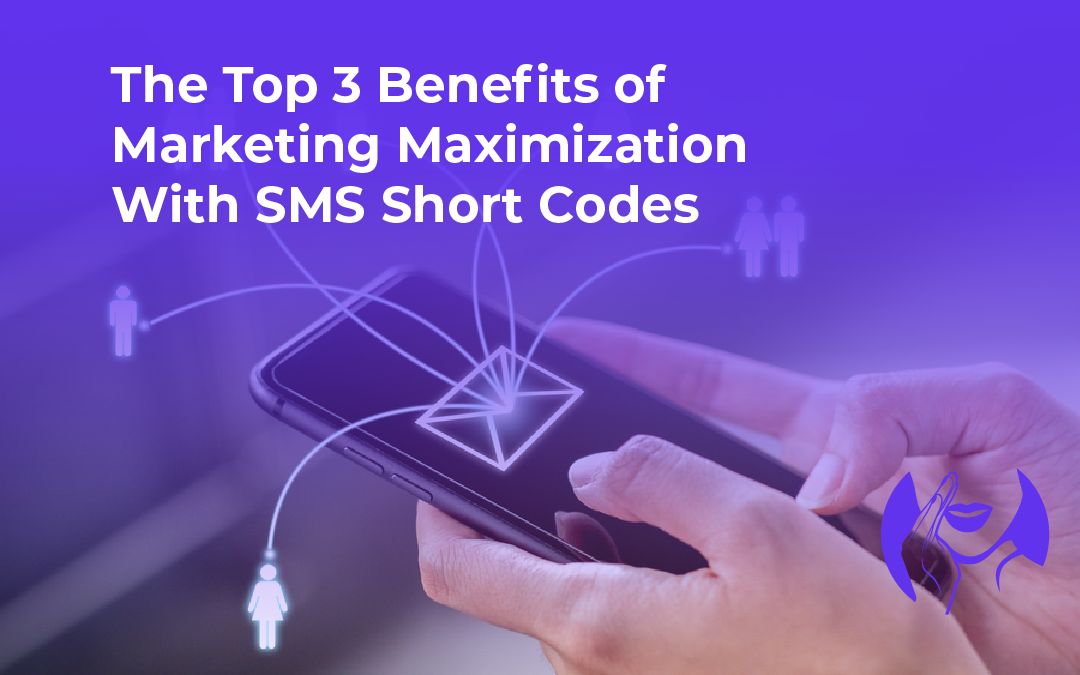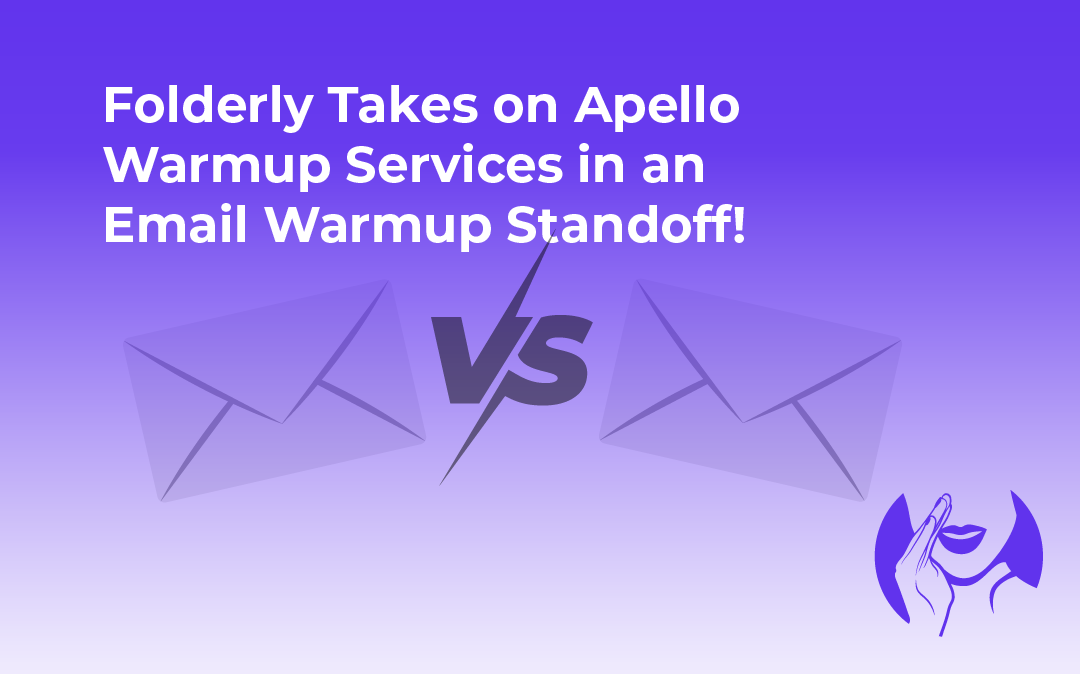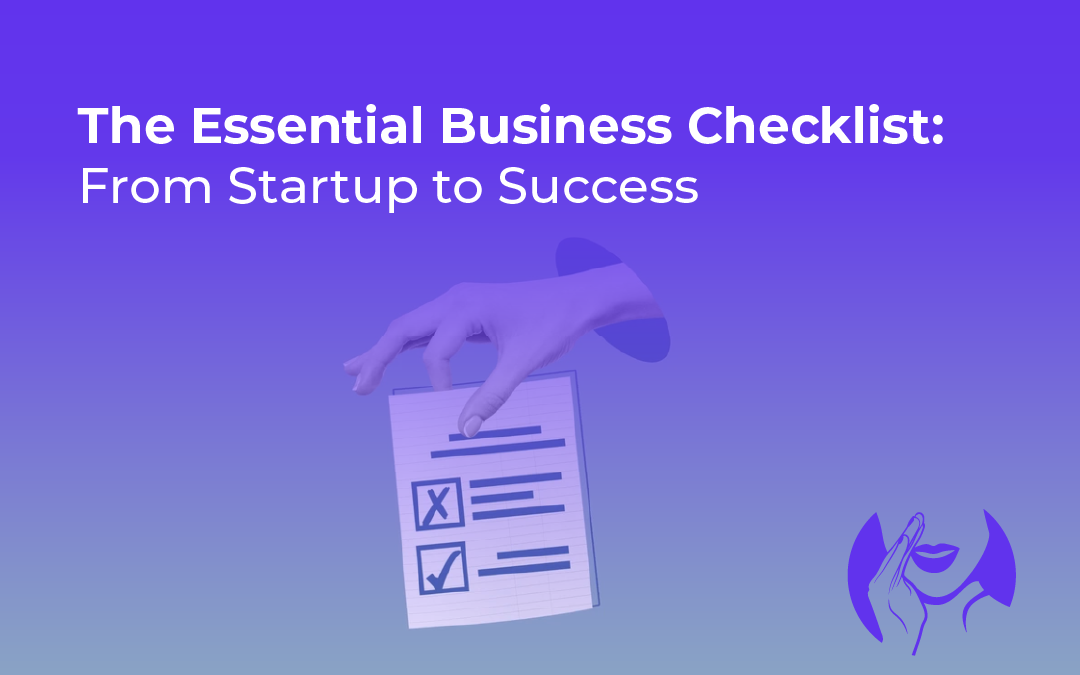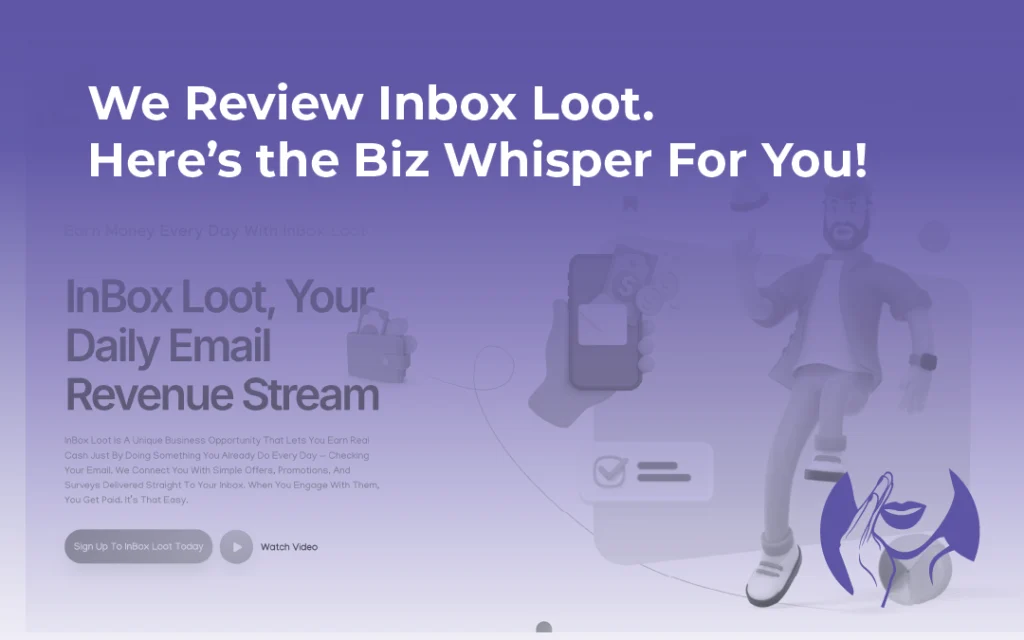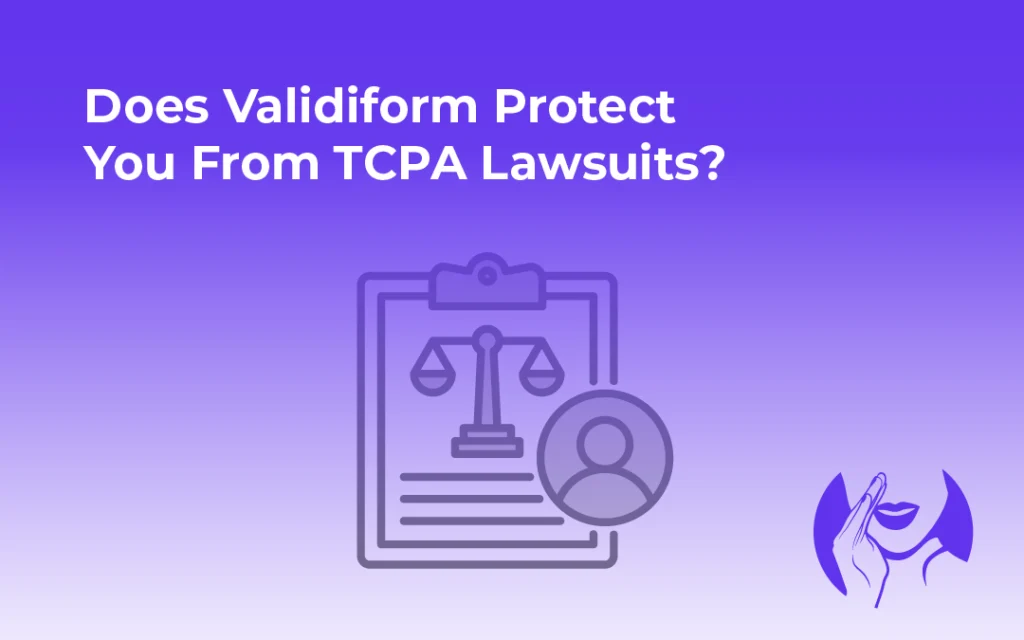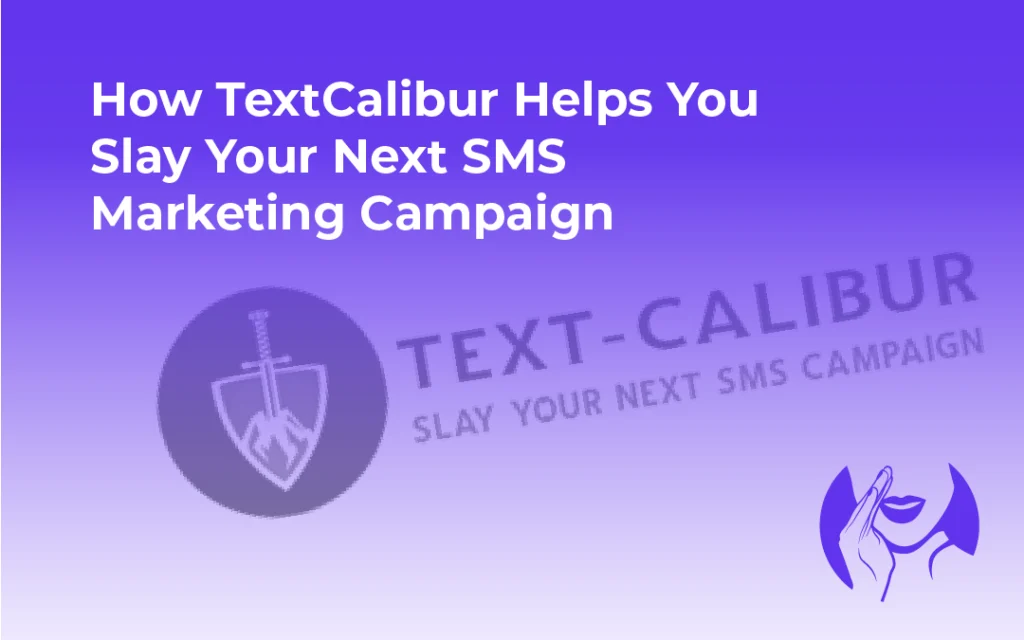Connecting with customers online? Email marketing is a must-have. It’s how many businesses reach their audience today. So, what exactly *is* email marketing? Think of email marketing as a personal conversation with each of your customers. You’ll promote items, share information, and strengthen bonds, all through their inbox. Building customer loyalty is easier with this powerful tool; it really works. Reaching people directly in their inbox is potent. They’re already there, focused and ready to receive your message.
Email marketing really shines because it’s so versatile and gets results. Whether you’re a small startup or a Fortune 500 company, email marketing can help you achieve your business goals. It’s not just about sending out mass emails and hoping for the best. What is email marketing if not a nuanced approach to customer engagement?
Table Of Contents:

- The Evolution of Email Marketing
- Why Email Marketing Matters
- Key Components of Successful Email Marketing
- Types of Marketing Emails
- Best Practices for Email Marketing
- Improving how often your emails land in inboxes is easier than you think.
- Email Marketing & Social Media
- Email marketing success? You’ve got to understand what’s succeeding. Measure your success. Then you can improve. Let’s find out how.
- A/B testing really matters.
- Selecting the best email provider can be tricky, but this guide will walk you through the process step by step. Think about what features you need and which services offer them.
- How to Avoid Spam Filters
- Lead Nurturing with Email Marketing
- Using Transactional Emails Effectively
- The Future of Email Marketing
- FAQ
- Conclusion
The Evolution of Email Marketing
Email marketing has come a long way since its inception. It all started back in 1971 when the first email was sent. Fast forward to today, and over 4.48 billion people use email globally. A huge crowd is ready to listen.

But it’s not just about the numbers. The way we approach email marketing has evolved dramatically. Gone are the days of one-size-fits-all email blasts. Effective email marketing hinges on three things: personalizing messages, segmenting your audience, and providing valuable content.
Personalization is powerful.
Email marketing really shines when you personalize it. It’s about making each subscriber feel like you’re speaking directly to them. Believe it or not, it actually functions as intended. Personalized marketing campaigns can boost your income—a whopping 760% increase!
Here’s a quick look at how personalization can impact your marketing email efforts:
| Metric | Improvement with Personalization |
|---|---|
| Open Rates | 26% higher |
| Click-Through Rates | 14% higher |
| Conversion Rates | 10% higher |
Why Email Marketing Matters
You might be wondering, “In the age of social media, what is email marketing’s relevance?” The truth is, email marketing is more important than ever. It’s 55 times more effective at customer acquisition than Facebook and Twitter combined. This is because you are using dedicated email campaigns.
It goes beyond mere acquisition; the process itself matters. Email marketing shines when it comes to retention too. Talk to your customers directly! Nurture your relationships; they’ll keep coming back. It’s that simple. Customer loyalty? That translates to higher lifetime value—more profit from each customer over time.
The ROI of Email Marketing

Let’s talk numbers. Investing in email marketing pays off big time; the return is impressive. For every $1 spent, you can expect an average return of $36. That’s a 3600% ROI. It’s no wonder that email marketing revenue is projected to grow 287 percent worldwide from 2024 to 2032.
Choose the best ways to reach your customers, and watch your email campaigns really work! More people will buy, and your sales will go up.
Key Components of Successful Email Marketing
So, what is email marketing success built on? Here are the pillars that support a strong email marketing strategy:
1. Building a Quality Email List
Your email list is the foundation of your email marketing efforts. It’s not about having the biggest list, but the most engaged one. Focus on attracting subscribers who are genuinely interested in what you have to offer. Sweeten the deal for new subscribers! Offer them a bonus—something extra they’ll really appreciate.
Using a double opt-in process can further improve the quality of your list by confirming subscribers’ intent and reducing the likelihood of spam complaints.
2. Crafting Compelling Content
Content is king in email marketing. Make your emails count. Inform, offer something special, or simply entertain your readers—they’ll appreciate it. Remember, people recall 65% of visual content up to three days later, compared to just 10% of text-based content. So don’t shy away from using visuals in your emails.
Carefully consider your email subject lines. Your email subject line is super important. Make it catchy to get more people to read your message. Incorporate visually appealing email templates that match your brand’s aesthetic.
3. Optimizing for Mobile Devices
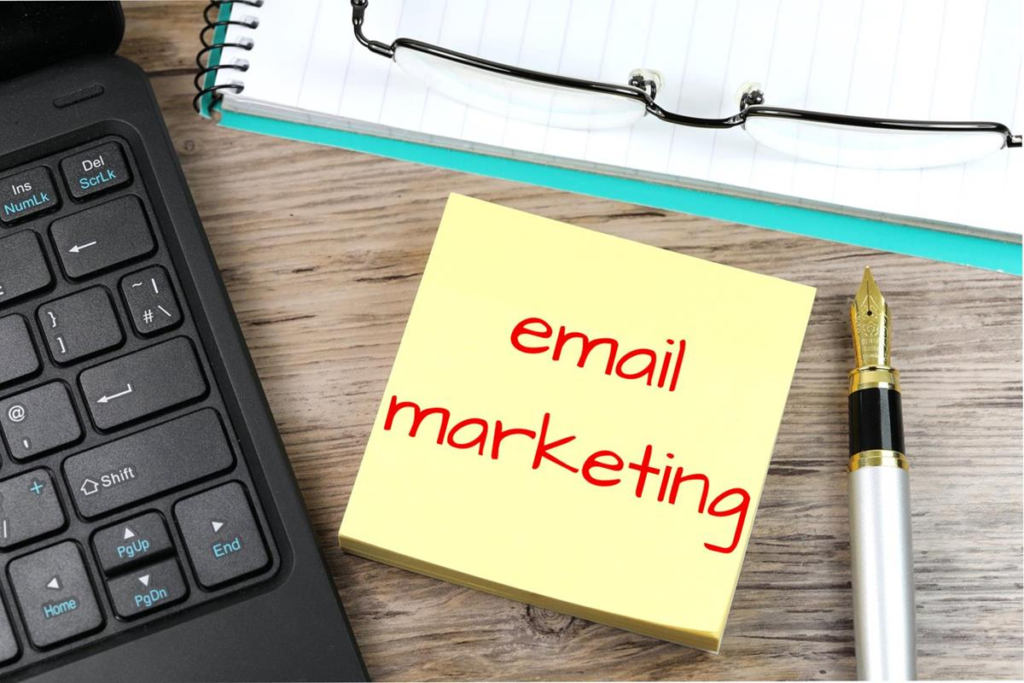
With more people checking emails on their phones than ever before, mobile optimization is crucial. This includes making sure your marketing emails look great and function well on all devices.
Ensure that your email template is responsive, adapting seamlessly to different screen sizes, and optimize images to reduce loading times on mobile devices.
4. Segmentation and Targeting
Not all subscribers are the same. Segmenting your list allows you to send more relevant content to different groups. Over 76% of marketers say basic segmentation is part of their email marketing strategy.
Consider segmenting your email lists based on demographics, purchase history, or engagement level to improve the relevancy of your messaging. More people will click and buy.
5. Automation
Email automation allows you to send the right message to the right person at the right time, without having to manually hit “send” every time. Automated emails—like welcome messages and cart reminders—can really improve your email marketing. The effectiveness of your marketing hinges on the proper selection and use of automation tools; without them, your chances of success significantly diminish. Consider this point carefully. Your whole strategy depends on them. Without them, your plan is incomplete.
Automating your marketing tasks is super important. This system makes managing leads easy; watch your paying customers grow! Consider this possibility: you set up the system, and it does the work of nurturing leads so you can focus on other things.
Types of Marketing Emails
What is email marketing without a variety of email types? Here are some common types of marketing emails:
- Newsletter Emails: Regular updates about your company, industry news, or curated content.
- Promotional Emails: Offers, discounts, and new product announcements.
- Transactional Emails: Order confirmations, shipping notifications, and receipts.
- Welcome Emails: The first email a subscriber receives after signing up.
- Reengagement Emails: Emails designed to win back inactive subscribers.

The goal should guide the creation of each type; they all have different purposes.
Best Practices for Email Marketing
To make the most of your email marketing efforts, keep these best practices in mind:
- Respect Your Subscribers: Always get permission before adding someone to your email list.
- Provide Value: Make every email count; give your subscribers something they’ll appreciate.
- Be Consistent: Establish a regular sending schedule to build anticipation and trust.
- Test and Optimize: Continuously test different elements of your emails to improve performance.
- Monitor Your Metrics: Keep an eye on key metrics like open rates, click-through rates, and conversions.
Don’t forget to check your unsubscribe and bounce rates. A high unsubscribe rate might mean your emails aren’t engaging enough, while a high bounce rate suggests problems with your email list or delivery. Fix those and you’ll keep your readers happy.
Improving how often your emails land in inboxes is easier than you think.
Your emails land in your subscribers’ inboxes—that’s what deliverability is all about. Without good deliverability, your marketing efforts will be in vain.
To maintain a high email deliverability rate, there are a number of things you should keep in mind.
- Make sure to authenticate your emails using protocols such as SPF, DKIM, and DMARC.
- Avoid using spam trigger words in your email subject lines and content.
- Segment your list and send relevant content to each segment.
- Clean your list regularly to remove inactive subscribers.
- Monitor your sender reputation and take steps to improve it if necessary.
Don’t buy email lists or send spam; those actions can get you in big trouble.
Email Marketing & Social Media
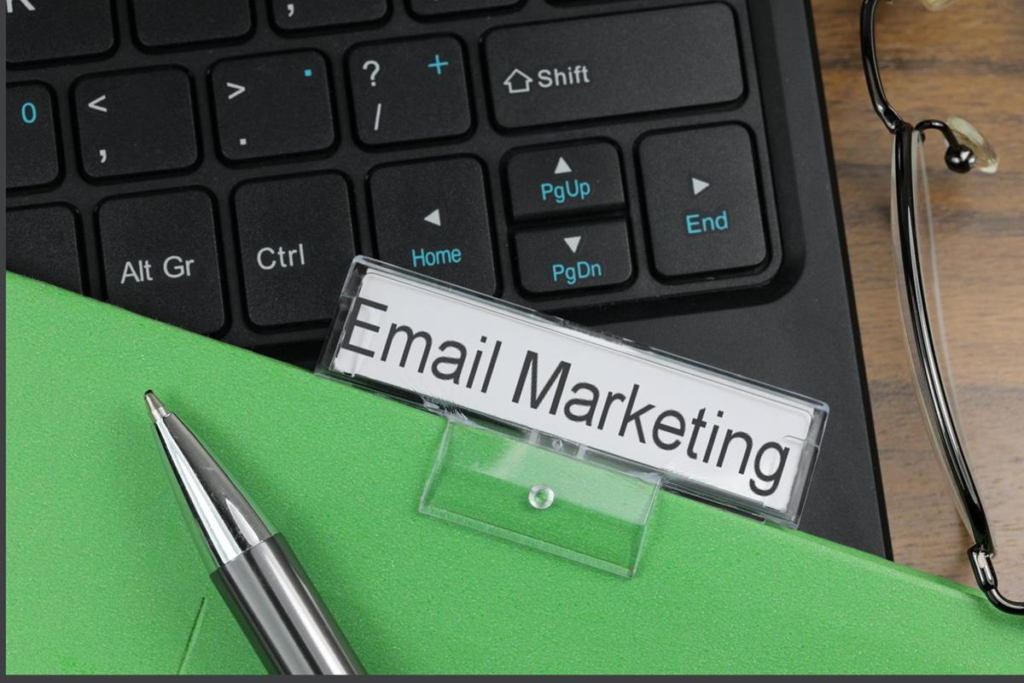
Email marketing doesn’t have to exist in a vacuum. Connecting your email marketing and social media will get your message to more people and get them excited about it. Encourage your email subscribers to follow you on social media, and promote your email newsletter on your social channels.
Get more from your marketing. Use email. Use social media. Notice the change. Keep these tools handy; they’ll come in useful.
Email marketing success? You’ve got to understand what’s succeeding. Measure your success. Then you can improve. Let’s find out how.
Check your key performance indicators (KPIs) and carefully examine the data; this will show you how effective your email marketing really is. For example, open rates and click-through rates are crucial. Conversion rates, click-through rates, open rates—and don’t forget unsubscribe rates—are all important metrics to track. Let’s dive into each one.
- Open Rates: This measures the percentage of subscribers who opened your email. A low open rate could indicate that your subject lines aren’t compelling enough or that your emails are landing in the spam folder.
- Click-Through Rates: This measures the percentage of subscribers who clicked on a link in your email. A low click-through rate could indicate that your content isn’t engaging enough or that your call-to-action isn’t clear.
- Conversion Rates: We’re looking at the percentage of subscribers who finished a specific task, such as buying a product or submitting their information. A low conversion rate could indicate that your landing page isn’t optimized for conversions.
- Unsubscribe Rates: This measures the percentage of subscribers who unsubscribed from your email list. A high unsubscribe rate could indicate that your content isn’t relevant to your subscribers or that you’re sending too many emails.
Want better email marketing? Always review the final product. Learning and improvement are a breeze with this! It will tell you a lot. See what’s clicking and what’s falling flat. Change your plans to fit the situation. It’s that simple.
A/B testing really matters.

Email marketing campaigns get a serious boost from A/B testing. It involves creating two versions of an email with one key difference, and then sending each version to a subset of your subscribers to see which one performs better. Success in A/B testing depends heavily on using the correct marketing tools; this is something many people overlook. Don’t make the same mistake.
You can A/B test a variety of elements in your emails, including subject lines, body copy, images, and call-to-action buttons. By continuously A/B testing your emails, you can identify the most effective strategies for engaging your subscribers and driving conversions. Try setting up a few different email addresses; it can be helpful.
Selecting the best email provider can be tricky, but this guide will walk you through the process step by step. Think about what features you need and which services offer them.
Picking the right email marketing company makes all the difference. Managing your email list, crafting emails, and watching your results are all made easier with a good provider.
Price, features, how well they deliver, and their customer service—these are all things to check out before you pick a provider. Some popular options include Mailchimp, Constant Contact, and GetResponse. Find service providers that play nice with your other marketing stuff.
How to Avoid Spam Filters
Landing in the spam folder is a death sentence for your email marketing campaigns. To avoid spam filters, follow these tips:
- Get permission before adding someone to your email list.
- Use a reputable email service provider.
- Authenticate your emails using SPF, DKIM, and DMARC.
- Avoid using spam trigger words in your subject lines and content.
- Include an unsubscribe link in every email.
- Monitor your sender reputation and take steps to improve it if necessary.
Use these tips; you’ll see a big difference in how many emails reach your subscribers and improve your email marketing campaigns.

Lead Nurturing with Email Marketing
Email marketing is an excellent channel for lead nurturing. Email marketing can really move your leads along the sales path. Smart messaging gets people to buy.
A typical lead nurturing campaign might include a welcome email, a series of educational emails, and a promotional email. Want more paying customers? Show your leads you care, offer them help, and watch your sales grow. It’s that simple.
Using Transactional Emails Effectively
Transactional emails, such as order confirmations and shipping notifications, are an often-overlooked opportunity for email marketing. Your customers get useful info from these emails, but think of them as opportunities. Brand building and stronger relationships are what they do.
Consider including a special offer or a call-to-action in your transactional emails to encourage customers to make another purchase. More sales and happier customers are within reach! Master the art of the transactional email.
The Future of Email Marketing
As we look ahead, what is email marketing going to look like? Exciting times are ahead! The world’s changing thanks to new tech and trends; it’s wild!
AI and Machine Learning
Artificial Intelligence and Machine Learning are set to revolutionize email marketing. Marketers can now make better, more personal ad campaigns thanks to tools like AI writing programs and predictive analytics.
Interactive Emails
Interactive elements in emails, like polls, quizzes, and clickable hotspots, are becoming more common. Boost engagement? Absolutely! Subscribers? You’ll be gathering data on them—useful stuff! Use email templates that have these elements built in.
Privacy and Data Protection
With increasing focus on data privacy, email marketers will need to be more transparent about how they collect and use subscriber data. We’ll need trust now more than ever. Getting customer permission is really important here.
FAQ

What is an email marketing platform?
Businesses use email marketing platforms—software programs—to handle email lists, create and send marketing emails, and track their success. Email templates, automation tools, and performance tracking dashboards are common platform features.
What is a good open rate for an email marketing campaign?
A good open rate for an email marketing campaign varies depending on the industry, but generally speaking, an open rate of 20-30% is considered good. However, it’s important to focus on improving your own open rates over time rather than comparing yourself to industry benchmarks.
How often should I send marketing emails?
The ideal frequency for sending marketing emails depends on your audience and your industry. However, as a general rule, it’s better to send fewer, more relevant emails than to bombard your subscribers with too many messages. Start by sending one or two emails per week and adjust based on your subscribers’ engagement.
What is an email marketing strategy?
A solid email marketing strategy maps out how you’ll use email to get where you want your business to go. Think about who you’re talking to, what you want to say, how often you’ll send emails, and what will show if your plan worked.
Want a bigger email list? Here’s how.
Want a bigger email list? Try giving away a free ebook or a discount! You can also shout it out on social media or put a signup box right on your website. Make sure your signup form is prominently displayed and easy to find.
Conclusion
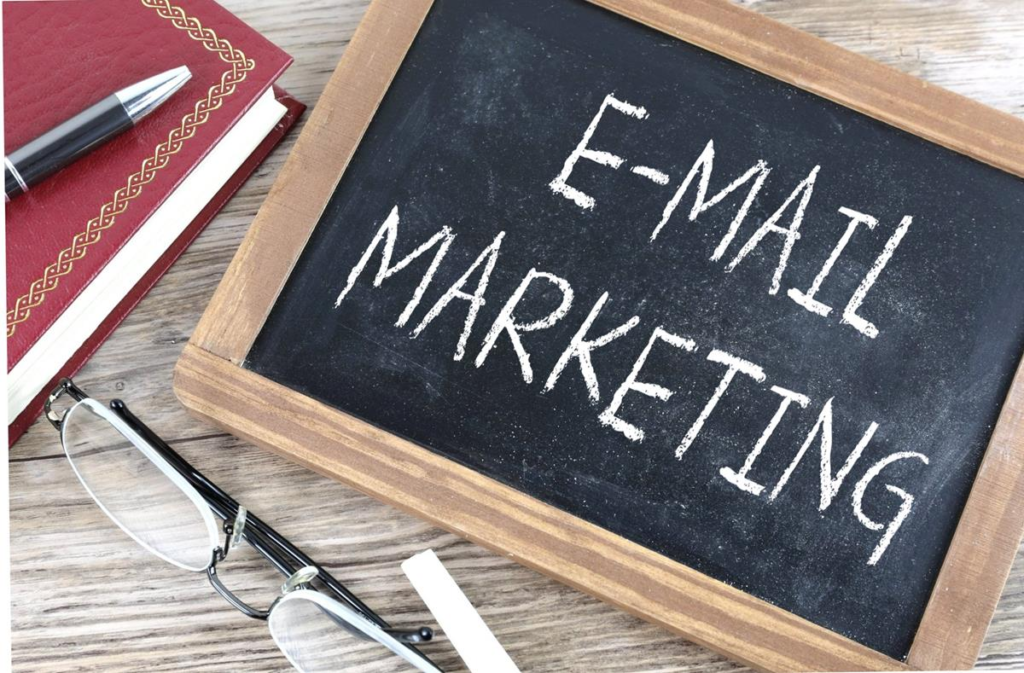
So what is email marketing? Reach your audience, build relationships, and improve your business—all affordably and effectively. Businesses of all sizes can use email marketing in many ways. It all comes down to this: great content, personalization, automation, and analyzing data. These are key. Utilizing email addresses properly can lead to significant business growth.
As we’ve seen, email marketing is far from dead. This is a success story—big profits and exciting growth are on the horizon. Mastering email marketing means keeping up. New trends constantly appear. Get a handle on these changes and watch your customer relationships, and consequently, your business, flourish. Picture this. the more you know, the better you’ll do. Keeping your audience engaged? Send them content they’ll actually want to read. That’s the secret to list growth.
Remember, successful email marketing is not about bombarding your subscribers with messages. Value is key; build relationships; respect people’s time. Master these elements, and you’ll be well on your way to email marketing success.

